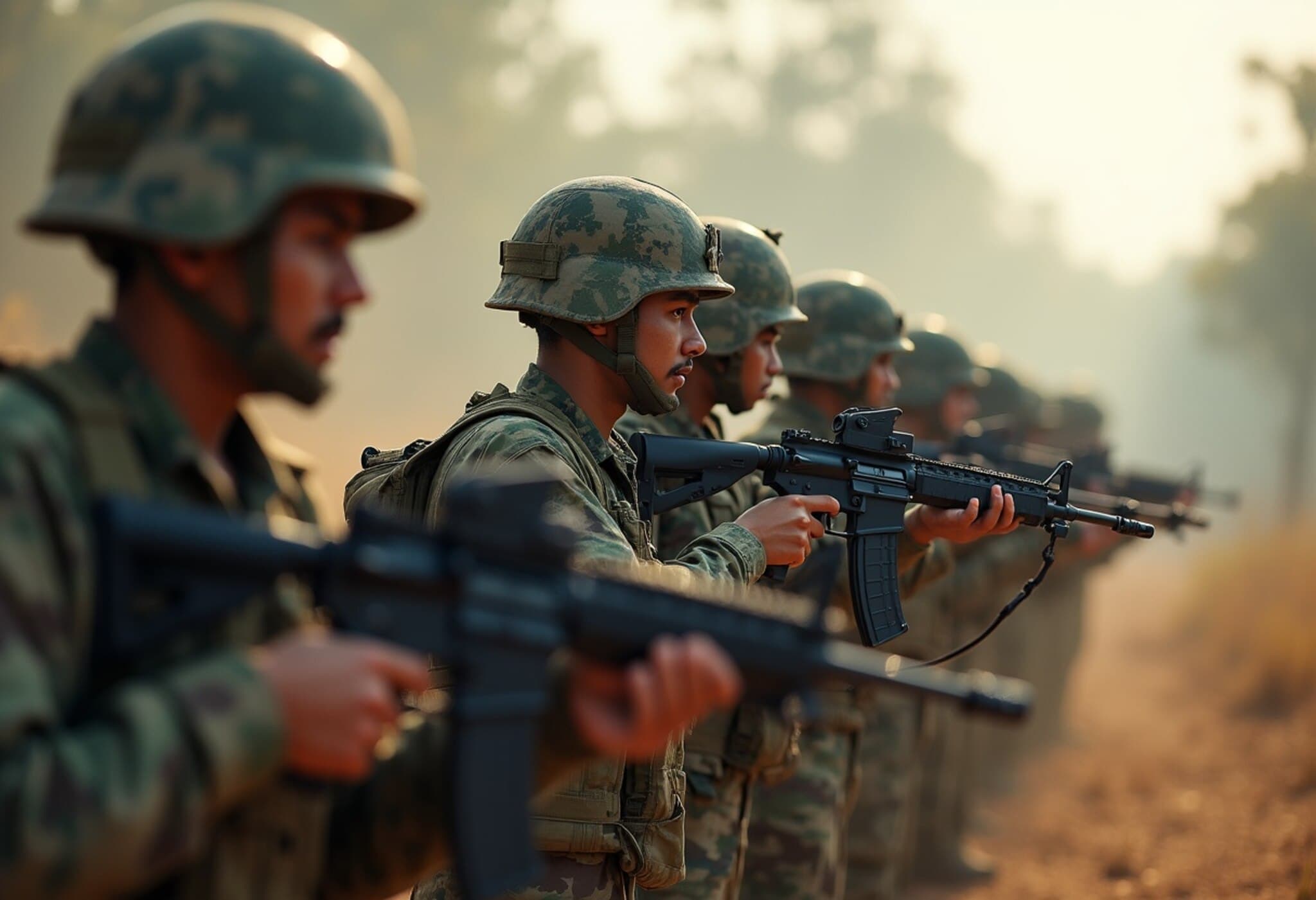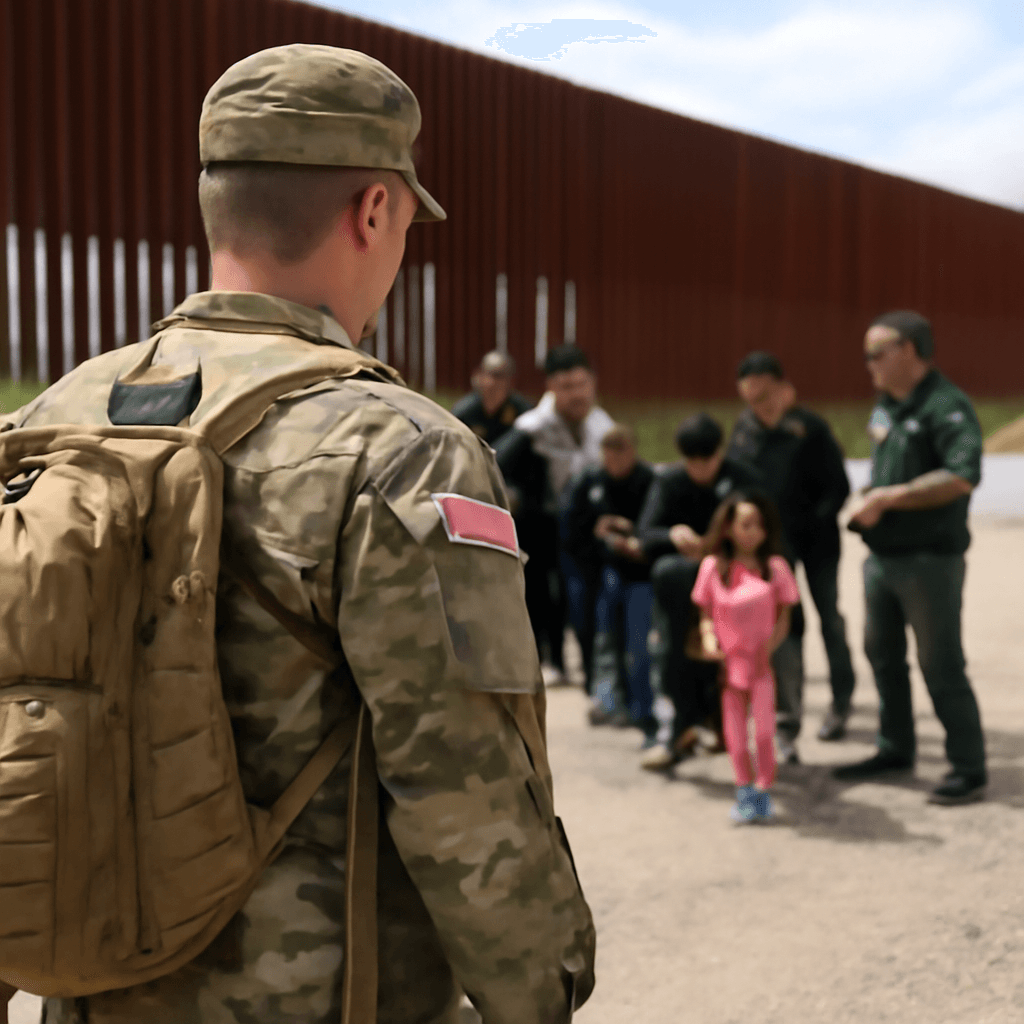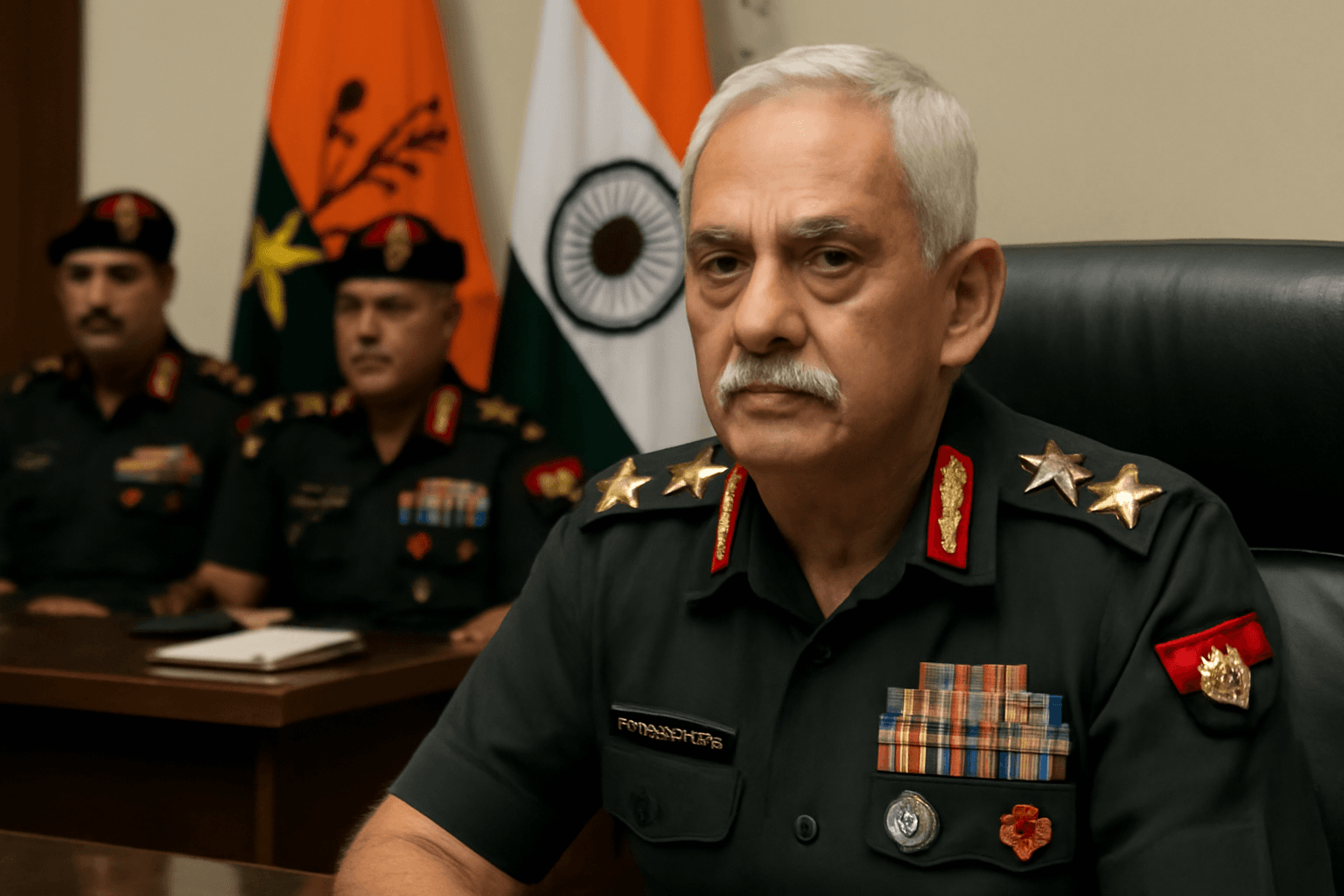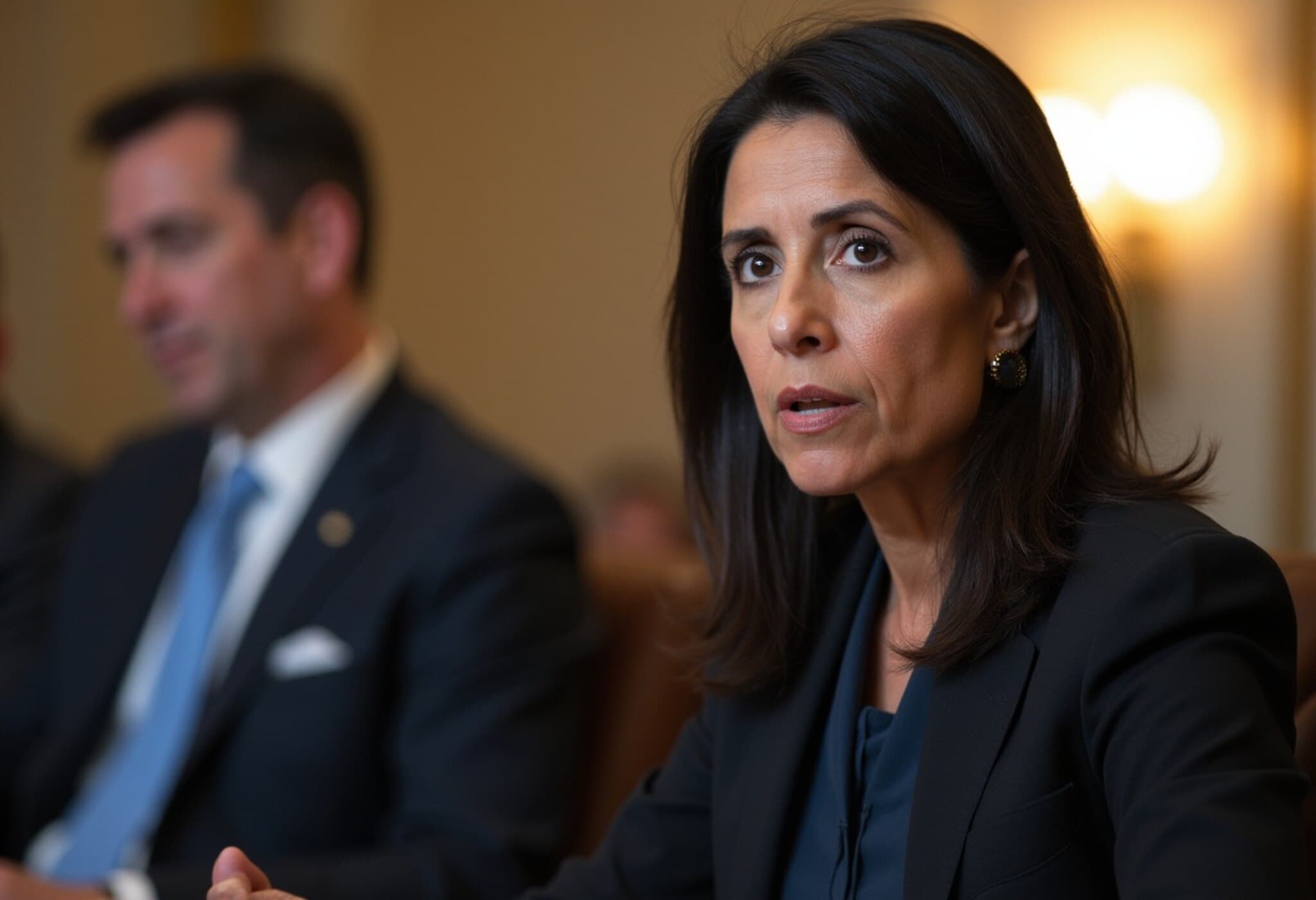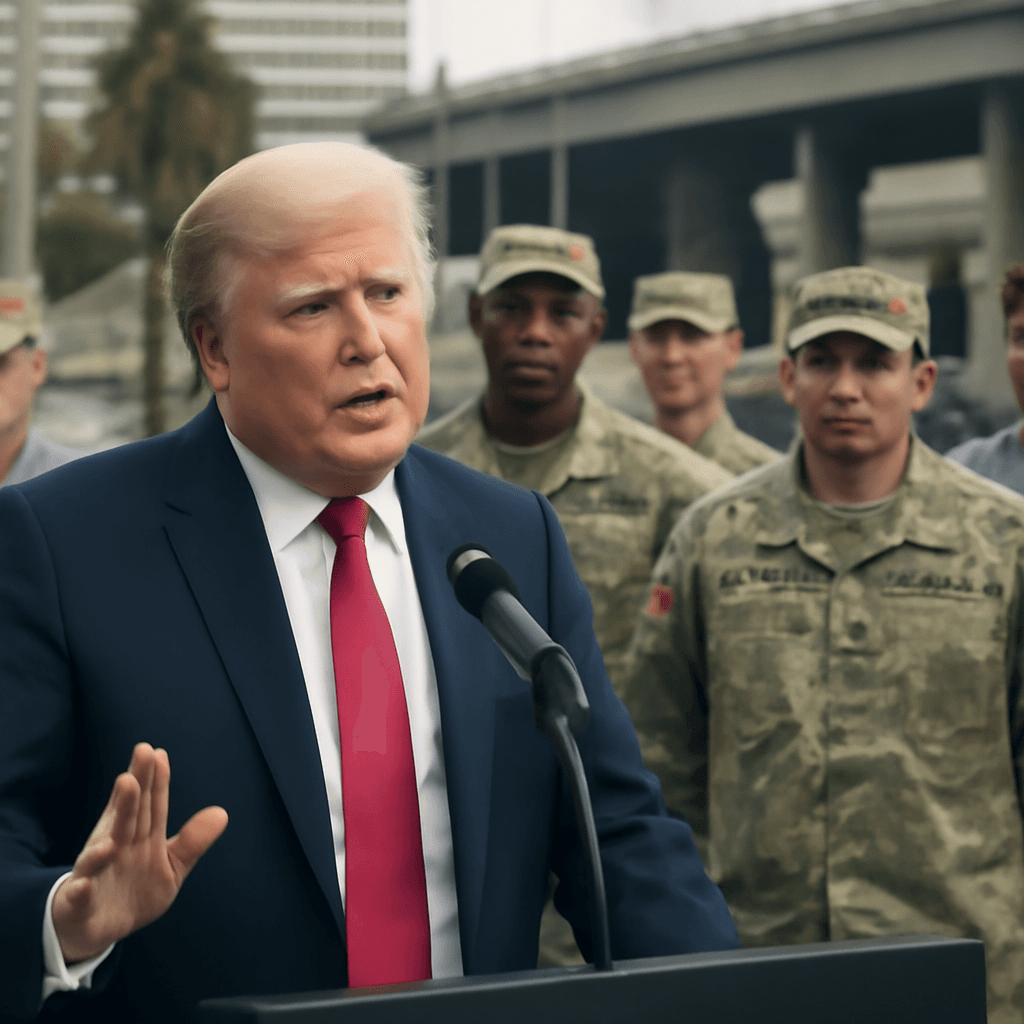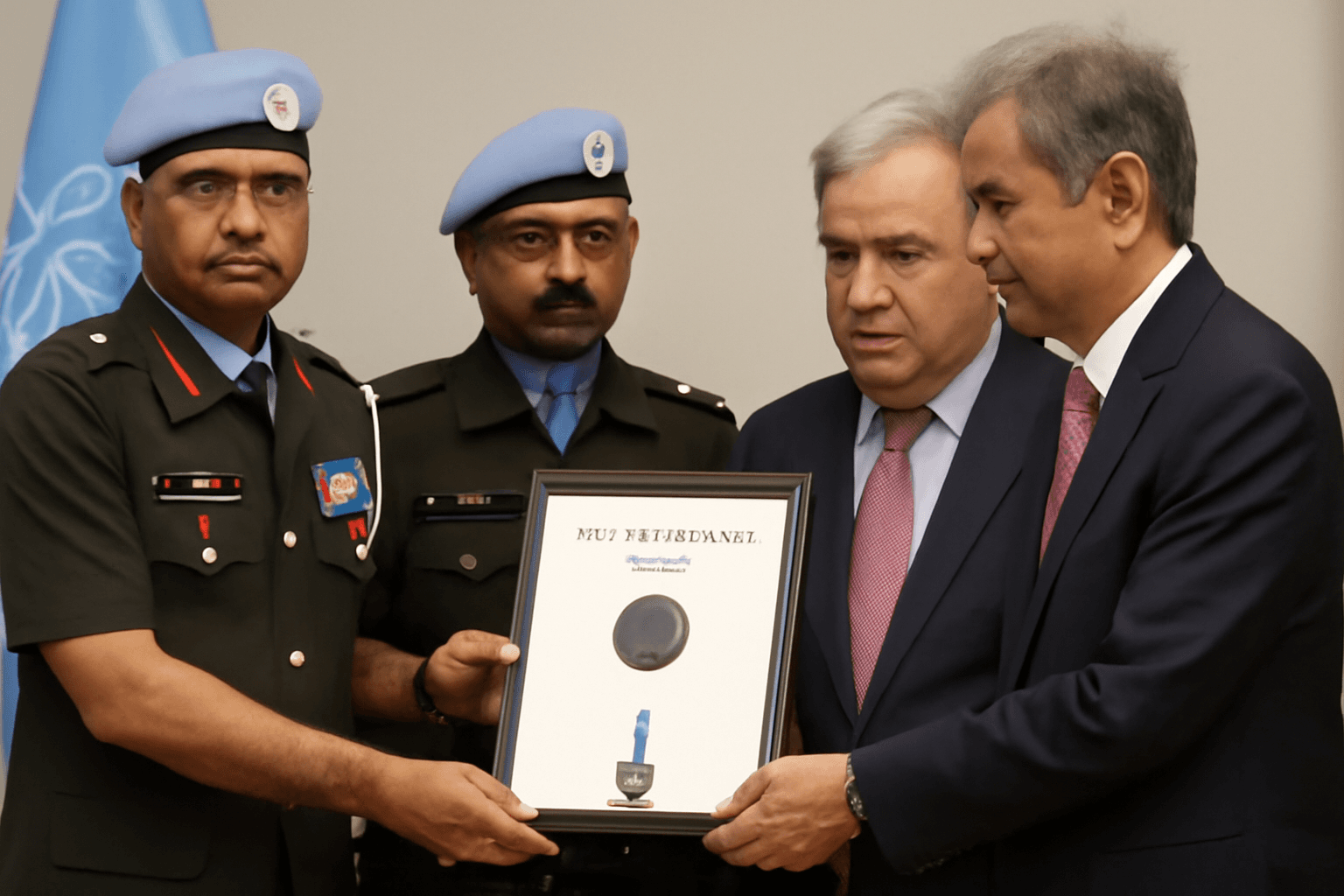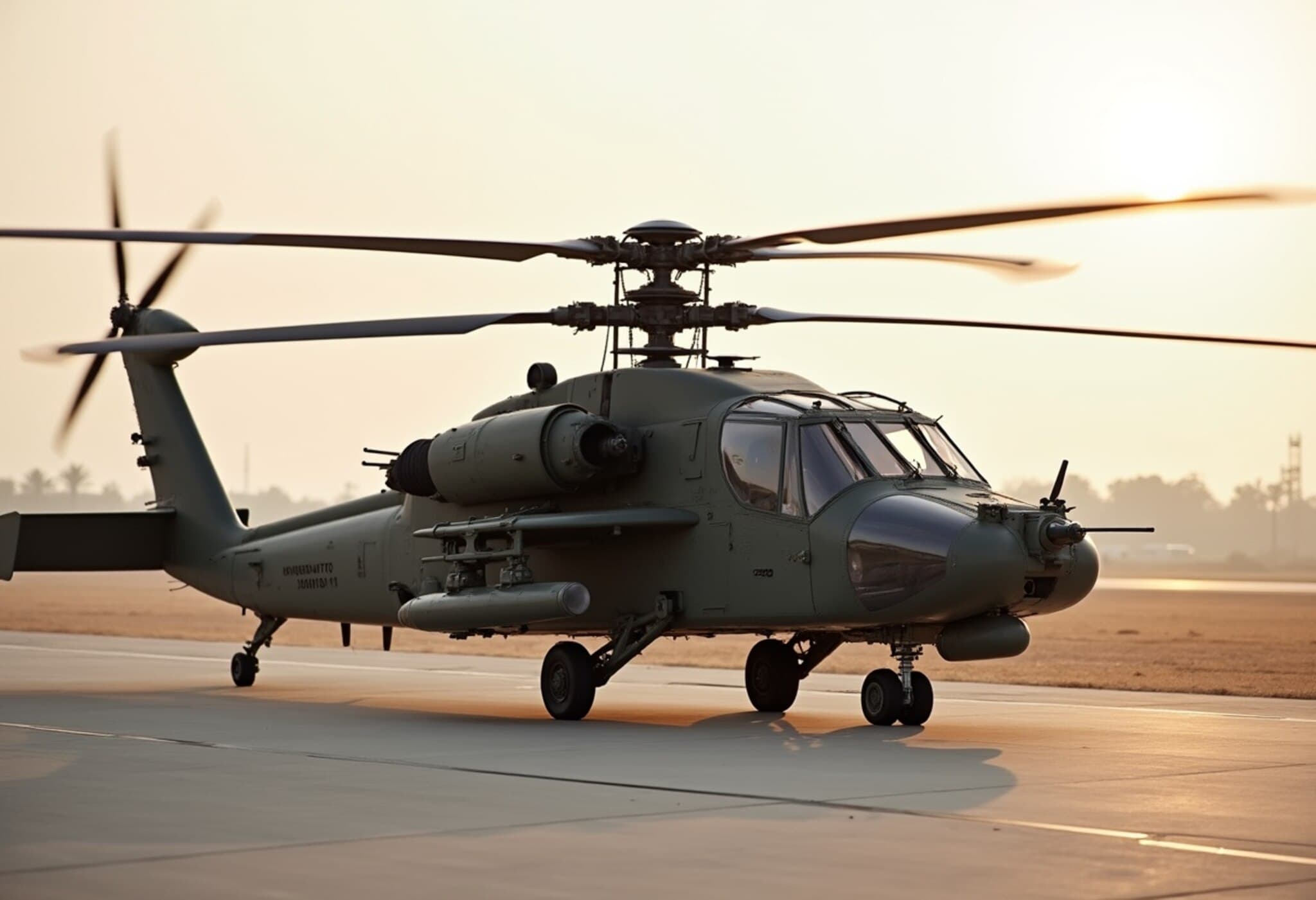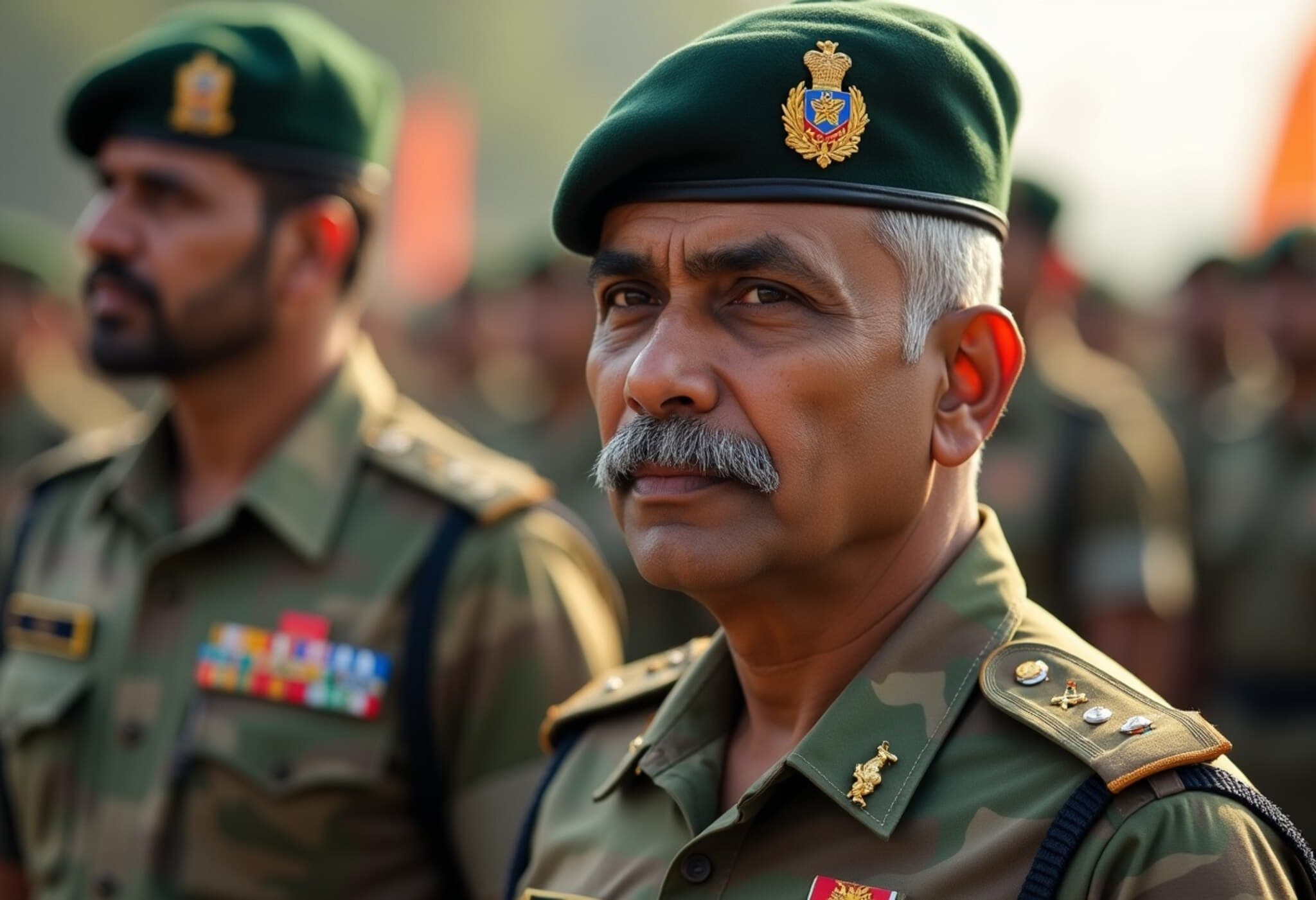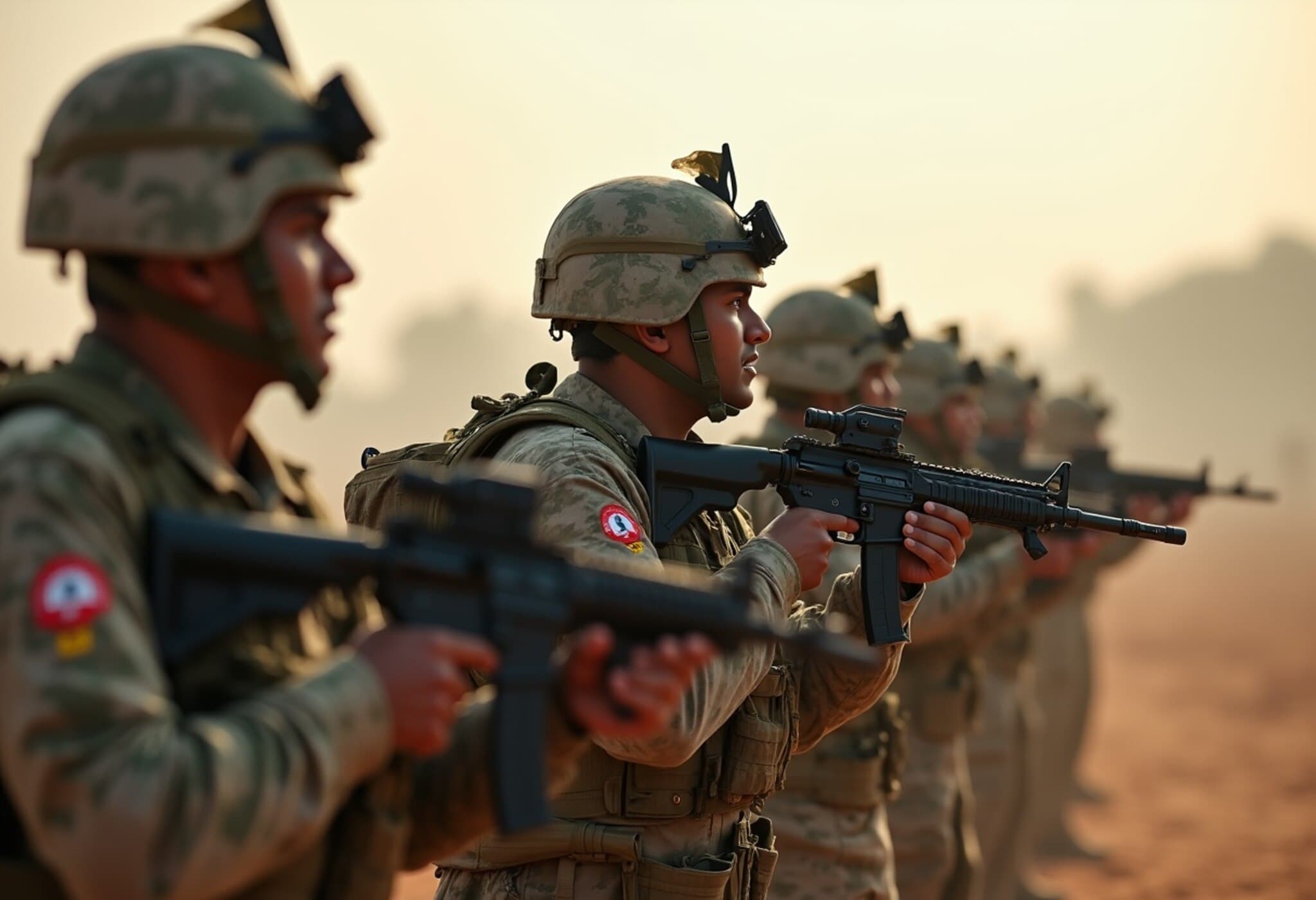Indian Army Refutes ULFA-I’s Allegation of Drone Strikes in Myanmar
On July 13, 2025, the Indian Army firmly denied allegations made by the outlawed militant group United Liberation Front of Asom-Independent (ULFA-I) claiming that the Army conducted cross-border drone strikes targeting its base inside Myanmar. This denial came shortly after ULFA-I announced that 19 of its cadres were killed and an equal number wounded in a pre-dawn attack on their eastern headquarters.
The ULFA-I Claims and Context
Earlier the same day, ULFA-I representatives asserted that unmanned aerial vehicles deployed by Indian forces had struck their installations, resulting in the reported casualties, including senior commander Nayan Medhi. Significantly, comrades from allied insurgent groups such as the Revolutionary People’s Front (RPF)—the political wing of Manipur's People’s Liberation Army (PLA)—were said to be among the casualties.
These claims, if true, would mark a notable escalation in cross-border counterinsurgency tactics, raising complex questions about sovereignty and regional security dynamics along the porous Indo-Myanmar frontier.
Official Indian Army Statement
Quashing these assertions, Lt Col Mahendra Rawat, Public Relations Officer for Defence in Guwahati, told the press, “There are no inputs with the Indian Army on such an operation.” This categorical denial underscores official restraint in confirming any retaliatory or preemptive strikes beyond India’s borders, a move likely driven by geopolitical sensitivities.
Insurgent Landscape and Regional Security Implications
The ULFA-I, under the leadership of Paresh Barua, has witnessed a dwindling cadre strength and fractured leadership in recent months. The death of commander Nayan Medhi—though disputed—and the arrest of senior figure Rupom Asom have left Arunodoy Dohotiya as one of the few active leaders reportedly still operating from Myanmar.
Intelligence sources suggest Barua himself is currently situated near the tri-junction of China, Myanmar, and Arunachal Pradesh in India, reportedly at a nadir in his operational capabilities. Media analyses posit that recent claims of attacks might stem from internecine conflicts among multiple banned insurgent outfits vying for influence along this border region.
Myanmar’s ongoing internal conflicts exacerbate the complexity of insurgent mobility and safe havens. The military junta, known as the Tatmadaw, continues to grapple with numerous ethnic armed organizations, while its inadequately controlled borders furnish insurgent groups with the operational flexibility that poses persistent challenges to Indian security agencies.
Security Developments Along the Indo-Myanmar Border
Incidents like the gun battle in May 2025 near Chandel district, Manipur—where at least 10 militants were neutralized—highlight the volatile security scenario. Indian forces are under continuous pressure to balance aggressive counterinsurgency with diplomatic considerations involving Myanmar’s sovereignty and regional stability.
Expert Insight: Balancing Act Between Security and Diplomacy
Experts in South Asian security affairs emphasize the thin line India must tread. Launching overt cross-border strikes risks diplomatic fallout, potentially destabilizing the already fragile regional order. Conversely, refraining from action could embolden insurgent groups threatening India's northeastern states.
The Indian government’s denial could also signal a strategic choice to avoid inflaming tensions publicly, while possibly engaging in covert operations to curb insurgency. Nevertheless, the contest between insurgent factions in borderlands points to an urgent need for enhanced intelligence cooperation with Myanmar and multilateral efforts to secure this complex frontier.
Looking Ahead
As ULFA-I’s operational capabilities appear to wane amid internal strife and leadership losses, the broader insurgency landscape in Northeast India remains fluid. Understanding these dynamics requires ongoing attention to cross-border militant networks, the influence of external players (including Pakistan’s ISI), and evolving geopolitical interests in the region.
Neither the truth of the drone strike claims nor the underlying political currents are straightforward. Still, they reveal wider questions about counterinsurgency strategy, sovereignty, and regional cooperation essential to peace and security in South Asia.

